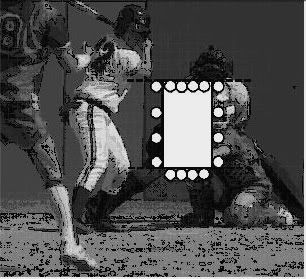cz fastpitch fan
Member
- Joined
- Jun 18, 2014
- Messages
- 452
- Reaction score
- 0
- Points
- 16
I was having a conversation recently with the father of a collegiate pitcher and learned that certain collegiate conferences have recently decided to shrink the strike zone, taking the corners away as well as the sternum-high rise ball. The intent was to create more exciting games with higher scoring in an effort to boost the fan base.
Do you think this is a good thing or no?
I totally understand the financial reasons for wanting to boost interest in the fans. However, is this the best way to do it? If a pitcher is dominant and she is mowing down the side inning after inning, then good for her! Work on your hitting!
To me, it seems like you are taking away those pitches that those young ladies have worked years and years to perfect!
Thoughts?
Do you think this is a good thing or no?
I totally understand the financial reasons for wanting to boost interest in the fans. However, is this the best way to do it? If a pitcher is dominant and she is mowing down the side inning after inning, then good for her! Work on your hitting!
To me, it seems like you are taking away those pitches that those young ladies have worked years and years to perfect!
Thoughts?

